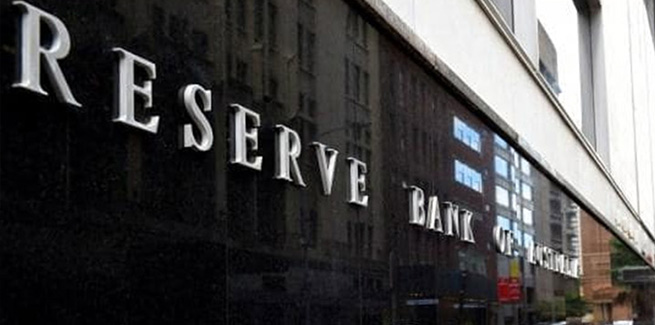In minutes from its May monetary policy meeting released on Tuesday (17 May), the Reserve Bank of Australia has reflected on the decision-making of the board that led to the recent 25-bp uptick in the cash rate, to its current 0.35 per cent.
It was the first movement for the cash rate since November 2020, when the RBA slashed it from 0.25 per cent and it was the first increase since more than a decade prior, in November 2020.
The board had mulled over three options for the size of the rate increase: a 15-bp increase, 25 bps or 40 bps.
“Members agreed that raising the cash rate by 15bps was not the preferred option given that policy was very stimulatory and that it was highly probable that further rate rises would be required,” the minutes stated.
“A 15bp increase would be inconsistent with the historical practice of changing the cash rate in increments of at least 25bps.”
So that left the two options of 25bps or 40bps, with the minutes noting that the larger increase could have been justified “given the upside risks to inflation and the current very low level of interest rates”.
Inflation had surged to 5.1 per cent for the year to March, while underlying inflation hit 3.7 per cent.
But the board had decided that the 25-bp uptick was the preferred option.
“A move of this size would help signal that the board was now returning to normal operating procedures after the extraordinary period of the pandemic,” the minutes said.
“Given the board meets monthly, it would have the opportunity to review the setting of interest rates again within a relatively short period of time, based on additional information.”
Previously, the RBA board’s conditions for raising the cash rate would be that inflation had to be “sustainably” within the 2-3 per cent target range, which would require faster wages growth.
However, inflation had zoomed far above the target in the March quarter and the board members had considered whether they should wait for data on the wage price index (WPI), which was due later in May.
The minutes stated the board decided while the wages data would be “helpful”, it decided to rely on more recent evidence on wages growth from the RBA’s own business liaison and surveys, indicating that private firms were set to roll out larger wage increases in a tight labour market.
“Members agreed that the condition the board had set to increase the cash rate had been met,” the minutes stated.
“They also agreed that further increases in interest rates would likely be required to ensure that inflation in Australia returns to the target over time.
“In making its decisions, the board agreed that it will continue to be guided by the evidence on both inflation and the labour market, while noting that significant uncertainties remain.”
Inflation was expected to increase further in the near term but decline back towards 3 per cent by mid-2024, as disruptions to supply chains were resolved.
The RBA’s forecasts are based on the assumption that the cash rate increases to around 1.75 per cent by the end of the year and up further to 2.5 per cent by the end of 2023.
However, the central bank was uncertain about how household spending would respond to the “erosion of real wages, as wages have not kept pace with consumer prices”.
Further, the board considered how households would respond to rising interest rates, given the high level of household debt and the increases in savings buffers over COVID.
Higher interest rates, higher inflation and slower growth in household wealth (including housing prices are expected to weigh on consumer spending in the period ahead.
“The board will continue to monitor these and other issues closely as it determines the timing and extent of future interest rate increases,” the minutes stated.
[Related: Consumers bracing for ‘steep’ rate rises: Westpac]

